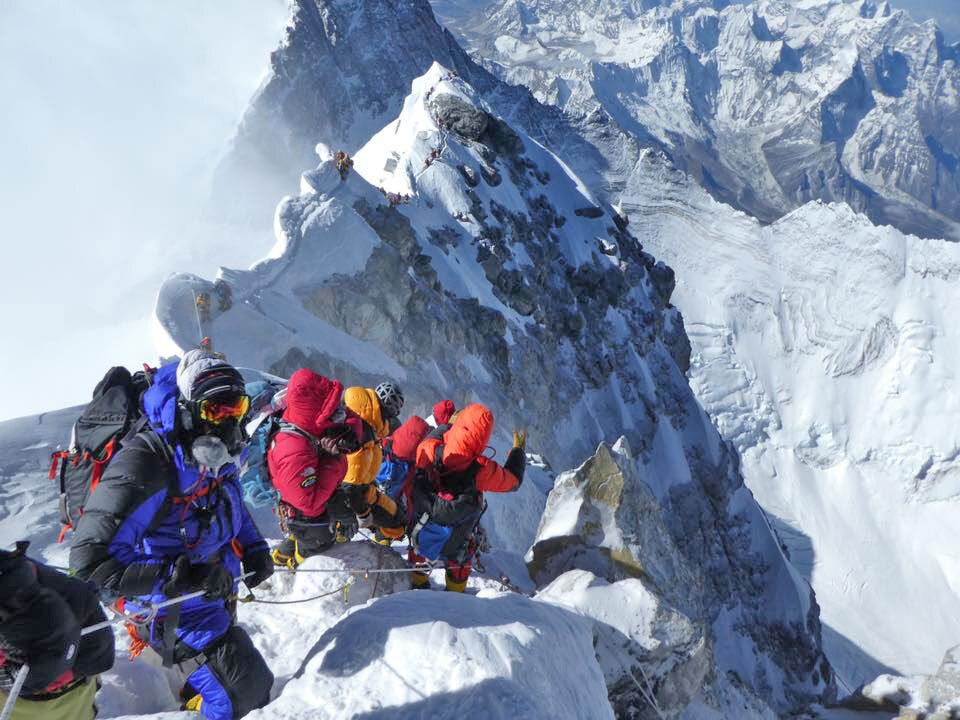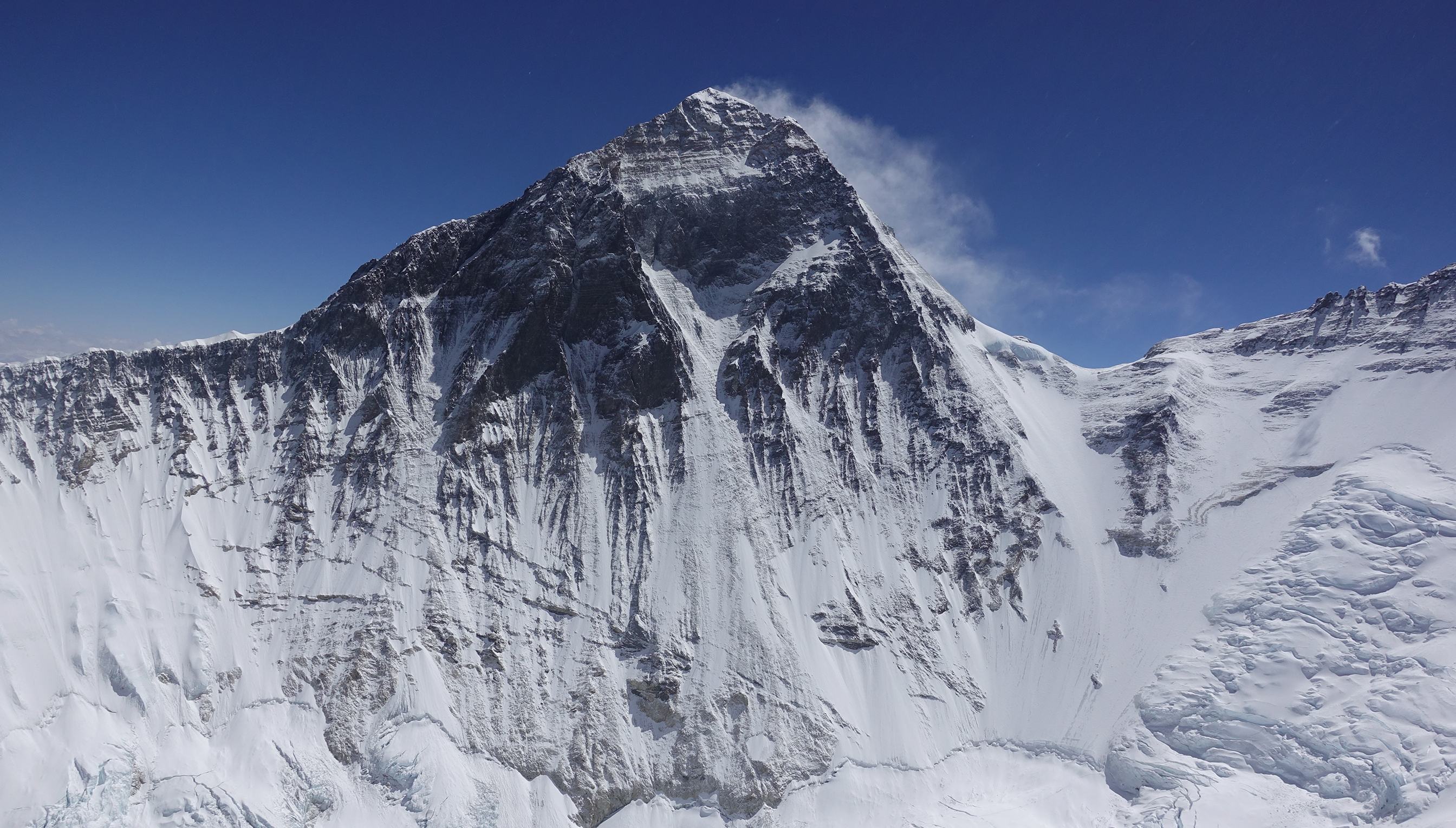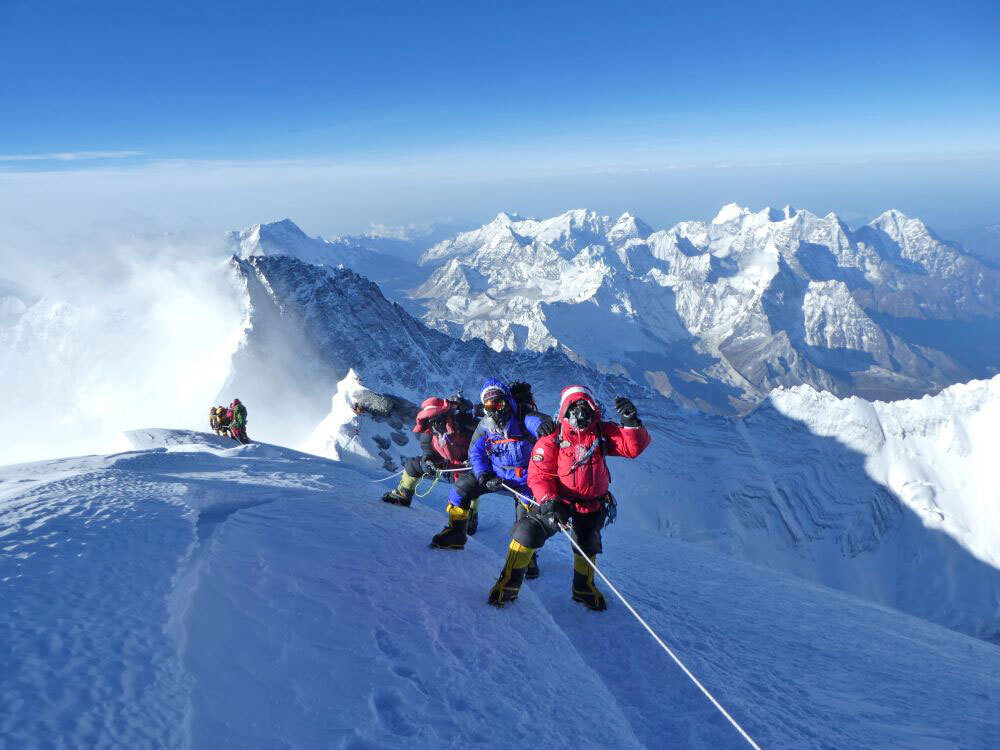It is fair to say that Everest has hit the news lately and it’s not all good. The image of the crowds on the summit ridge was not good for the reputation of Everest or of mountaineering in general. The media around the May 22, 2019 crowds unfortunately took the shine away from our own teams and their clever strategic positioning and textbook ascent methodology and execution.
I have fielded numerous media calls these last few days as people all over the world are wondering what is going on up there. The reality is that there are large groups of people who are under-skilled and under-supported on the mountain. We at Adventure Consultants have always maintained a philosophy of small groups and quality first. Sadly, the majority of people are only interested in going at the lowest price. They do not realise the implications of this process for decision making. All too often we see the after-effects, when climbers going with operators who offer a cheap service either don’t make it off the mountain alive, or at best with severe frostbite. The price differential (of perhaps $20,000) to climb with a professional operator would seem insignificant when faced with a life without hands or feet lost to frostbite.

When I write this, I want it to be clear that people on a highly supported professional expedition are still exposed to risk. The mountains are a potentially dangerous place even to the best qualified and most safety conscious. But that is exactly why one should not increase that level of risk by going with a budget operator who cannot provide a high degree of support and safety merely by the fact these qualities require funds to supply them. Especially when it appears the least competent are making the decision to climb with the operators who provide the lowest level of safety and support services. What has changed is that the budget operators who at an earlier time would provide services and expedition-support to national teams or commercial operators who, in turn, would themselves take responsibility for the safety and logistics of their teams. Claiming they are just cutting out the middlemen, these budget operators are now selling ‘places’ on expeditions but not actually assuming responsibility for the well-being and back-up support for their team members. They carry absolutely no sense of a duty-of-care for their clients. As we saw so clearly many times this year a climber (who would have been turned around by a professional guide when going too slowly to reach the summit and be able to get back down) would collapse exhausted, their single support Sherpa (if they had one) would not be able to evacuate the person themselves and would have to abandon the ailing climber. There would be no contingency plans in place and no support. The company director’s response to an enquiry as to how this can happen is (quote) “it’s not our responsibility to turn these climbers around”.
Coupled with this is the large numbers of Indian and Chinese climbers now on the mountains in groups of up to 60 in one team. Indians who are in the Indian military or police force earn a promotion if they climb Everest and in most cases their state will reward them with money and/or a land package for achieving the summit. I have seen several Asian countries similarly encourage adventurous behaviour in their populace by providing a financial incentive for feats such as an Everest ascent. China will not allow any of its citizens climb Everest from its Tibetan side without having first climbed another 8,000m peak so they all come in droves to the Nepal side to climb. I’m not saying that climbers from India and China should not be there, but the recent escalation in their numbers en-masse is primarily what has driven the crowding issue.

But there is a fix, and it’s not that hard. It would only take a little planning and management. At present only four Sherpa climbers are assigned to fixing the route to the summit. They get some ad-hock support from other Sherpas but the result is that the ropes are not fixed to the summit until mid-May and when you have a season like this one with only a few days of fine weather between when the ropes are fixed and the end of the season (around 28-29 May) then everyone is forced to climb together to the summit. If we had a larger team of rope fixers who had a mandate to fix to the summit by the end of April there would be an entire month of potential summit days and the crowding would be virtually non-existent.
In addition to that prospective climbers should have an appropriate level of experience commensurate to the operator they are climbing with. A budget operator who provides little back-up and safety management should be able to provide services to self-supporting expeditions or very experienced individuals, but not individuals who are inexperienced. Unfortunately, it has been proven the prospective clients who are inexperienced are incapable of making the distinction themselves.
